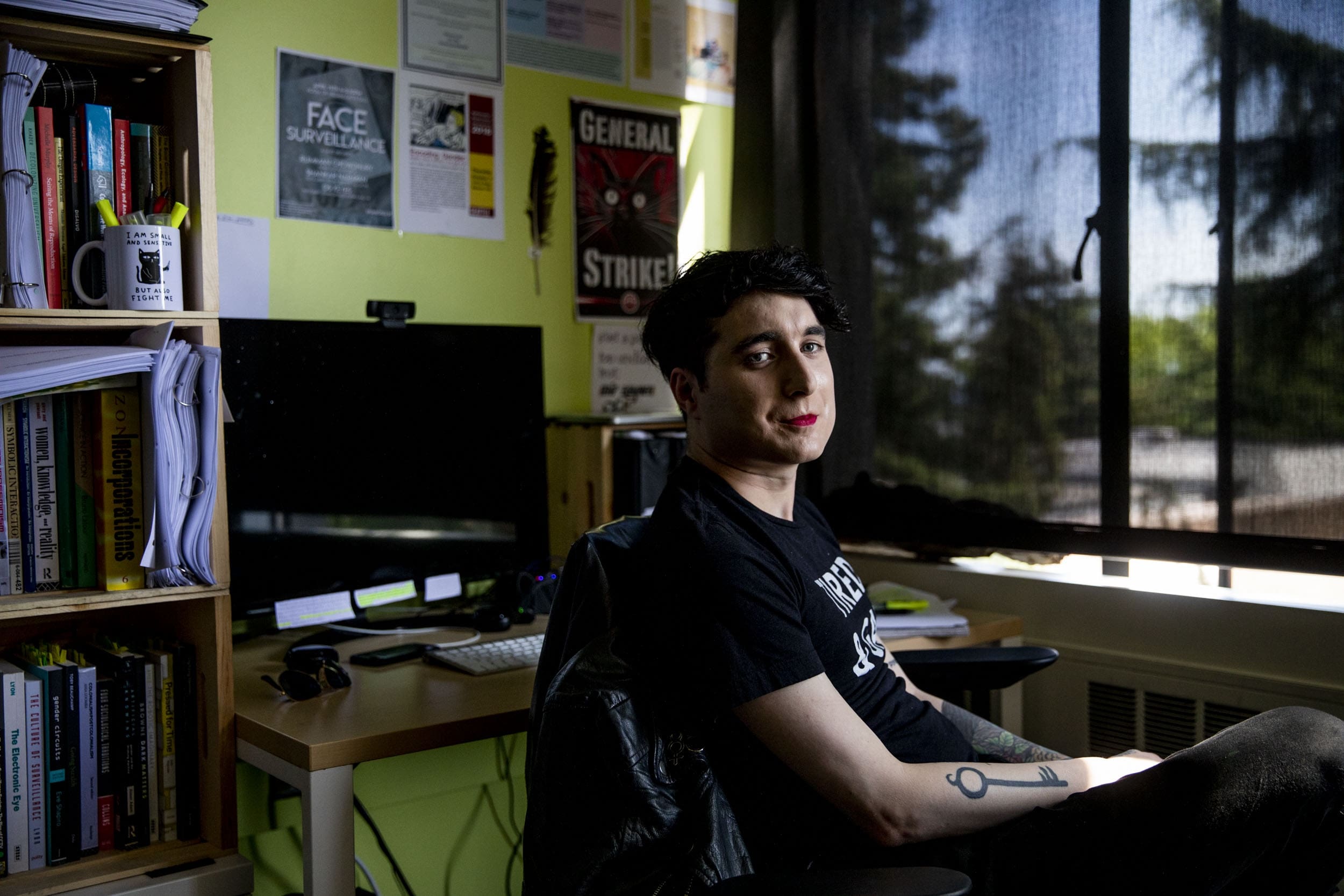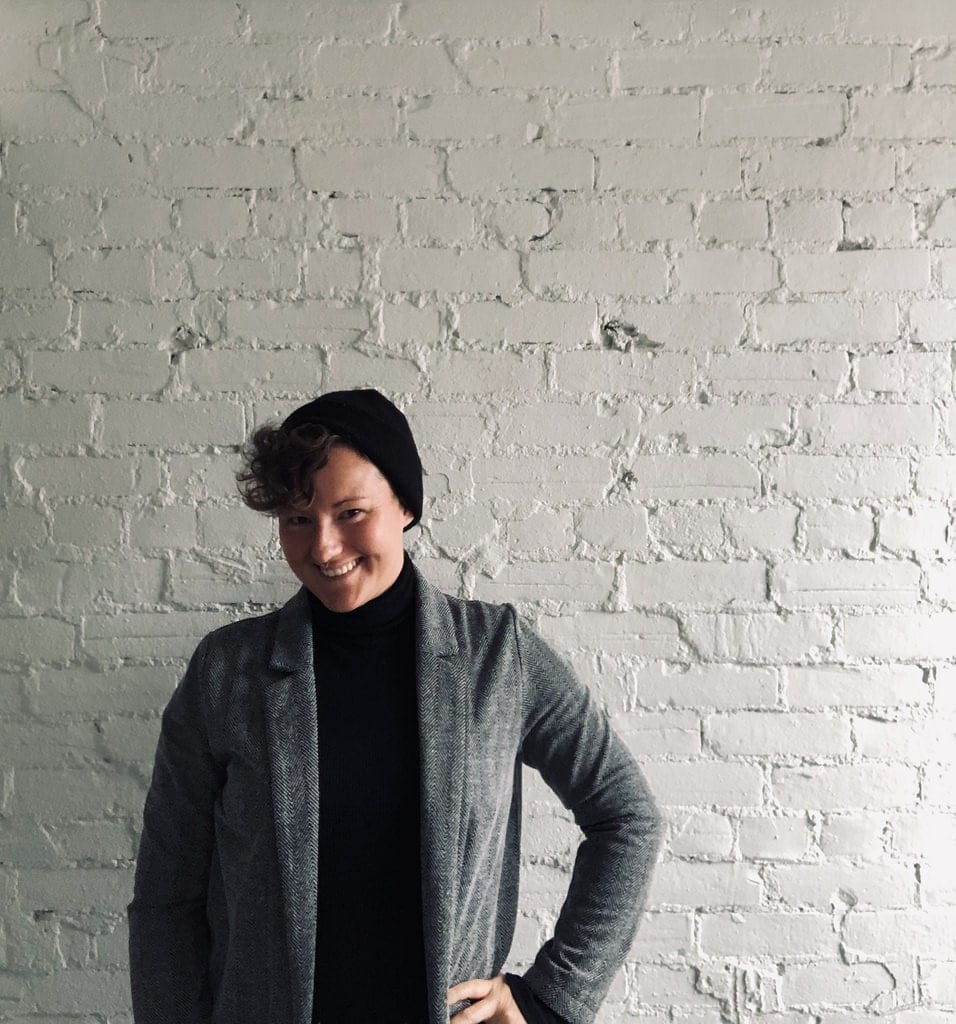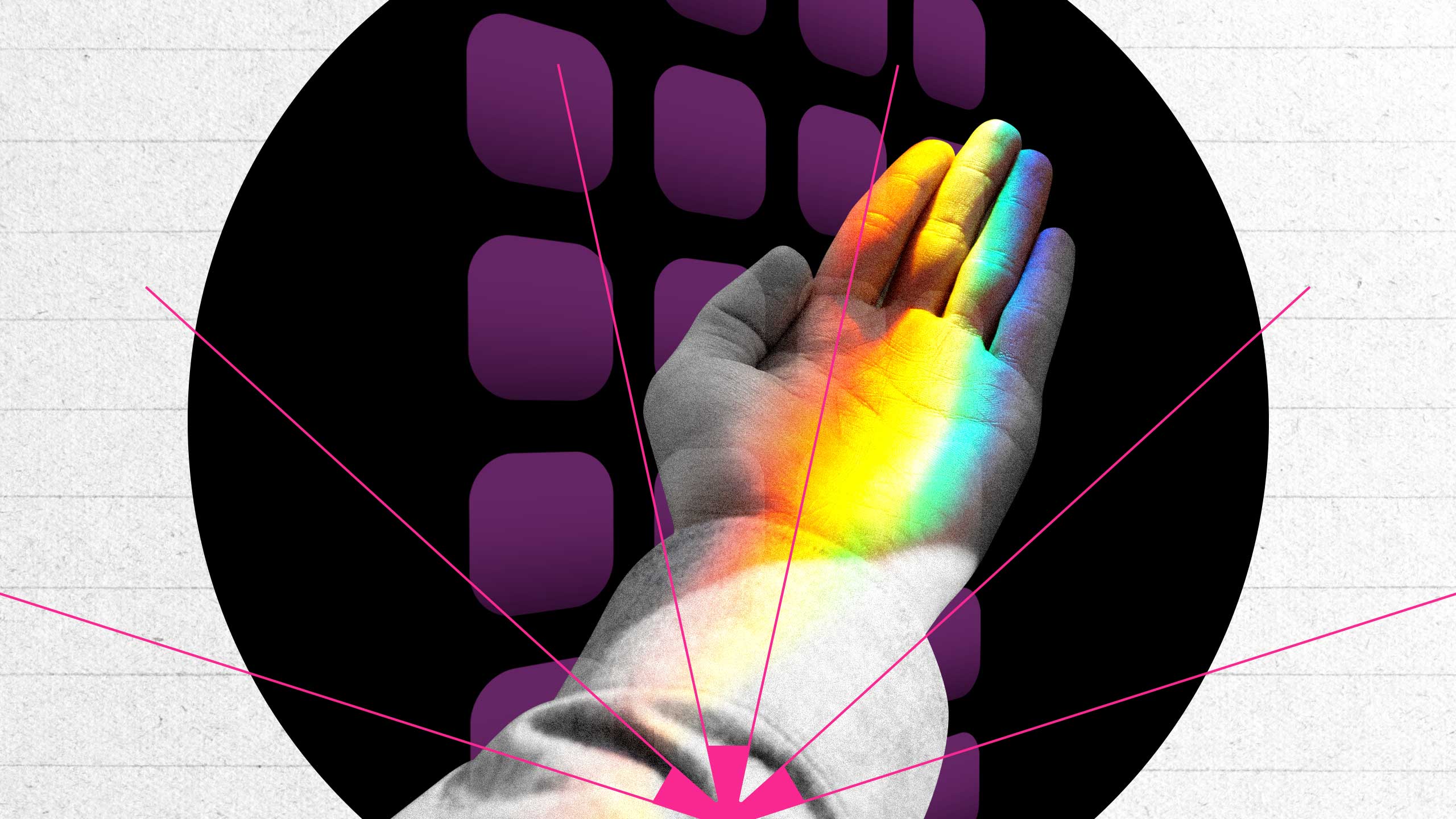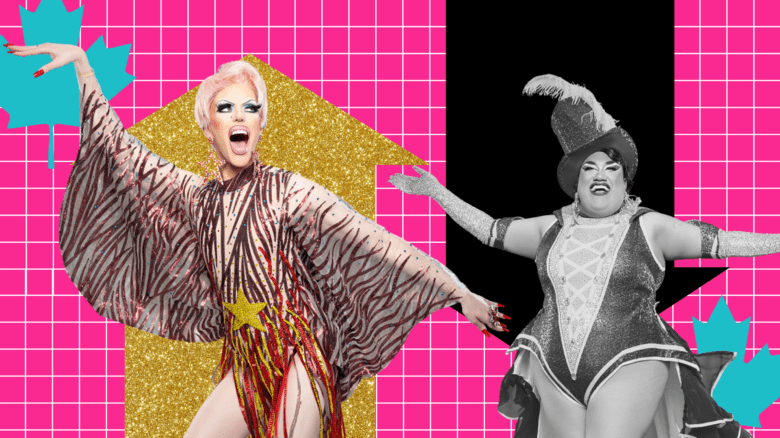After a car accident nearly killed her and severely damaged her sight, Ramona Pierson began to use a seeing eye dog. Once, when she asked the dog to take her to meet with her doctor, the dog didn’t hesitate—and lead her straight into a bathroom where the doctor was at that exact moment. It turns out that even this highly trained, intelligent animal still needed some important context and a bit of re-education. In that way, said Pierson, the head of product innovation for social change at PwC, her dog resembled AI: If AI is going to function well, it needs to draw from a bigger pool of reference points than it’s done in the past, beyond those belonging to the white, male, cis and straight coders building much of technology.
Pierson recounted this story during the 2020 Lesbians Who Tech and Allies Summit, an important annual happening in the ever-expanding tech industry. With workshops on building trans allyship at tech companies and talks about race and gender in emoji design, this summit foregrounds issues surrounding queerness and discrimination in the field. Events like these are much-needed. White, male, cis, heterosexuality only becomes more prevalent the higher up the ladder you go, which has led to retention problems with women, who make up only 30 percent of the tech workforce. Racialized individuals and LGBTQ2S+ people across the industry also report higher rates of workplace bullying and discrimination.
There’s been a lot of talk about increasing diversity in tech, because a less homogenous workforce can help companies steer clear of algorithmic biases, an all-too-common problem. The tech we use is packed with biases that reflect the implicit prejudices of the people who built it. Examples of algorithms and digital platforms further marginalizing already marginalized groups are plentiful: Online forms still often force people to choose between male and female genders, YouTube has been accused of suppressing LGBTQ2S+ content, trans people are routinely deadnamed by workplace HR software… the list goes on.
Sometimes, these mistakes go beyond being merely painful and become dangerous, like when Facebook started to force users to have their official names in their profiles and, in the process, risked outing individuals living in countries where their queerness was a threat to their safety. The social media platform’s initiative was implemented in the name of fighting fraud and identity theft and, though it was later revised to include exceptions to their rule, the fact that the rule made it to roll out at all paints a clear portrait of who was sitting at the table making the decisions. “Not only was nobody trans or queer in that room,” says Saadia Muzaffar, founder of TechGirls Canada. “Nobody’s life experience included that little thing that made them go, ‘Wait a minute, this might not work because I know of people who would be bothered, inconvenienced or endangered by this.’” Muzaffar used her frustration with tech’s state of affairs as motivation to start her Toronto-based not-for-profit, which champions LGBTQ2S+ people and women of all colours and abilities in STEM fields. As a queer woman who immigrated to Canada from Pakistan when she was 19, Muzaffar rarely encountered people like her at tech events. So, she set out to build her own community, trying to open as many doors for as many people as possible and question the industry’s status quo.

Credit: Anna Keenan Photography
Though important conversations are starting to be had about more inclusive hiring in tech fields, this is not the be-all and end-all solution. How algorithms affect LGBTQ2S+ lives isn’t a straightforward issue that will be solved completely by fixing biased coding practices. Instead, we should also be questioning the use of some technologies themselves.
When it comes to misgendering within systems like facial recognition, better algorithmic identification isn’t always all that attractive a prospect. In fact, this technology has the potential to become yet another system that endangers queer and trans folks. It’s worth mentioning that facial recognition was first developed with funding from the CIA amidst Cold War paranoia and is now used for border control—so, by design, not the friendliest to marginalized people. Even though it’s not explicitly looking to identify gender, the technology that’s installed in apartment building lobbies to grant contactless access to tenants or on smartphones as an easy-unlock alternative has gender recognition folded in for the sake of efficiency, as a way to quickly eliminate half the images your face is being compared to.

Credit: Courtesy of Os Keyes
If we consider that Black trans people are disproportionately affected by police violence, it’s not hard to imagine how a bathroom camera alerting security that a trans woman is using what security considers the wrong facilities could quickly become a bad situation. “Having cameras watching me constantly assessing my gender and whether I’m allowed to be there, and telling a cop if they decide I’m not, is not a good thing,” says University of Washington PhD student Os Keyes, who studies injustice in technology with a focus on facial recognition. “I don’t want a robot spying on me, even if you paint a fucking Pride flag on the side.” And do tech giants ever love their Pride flags: Instagram and Uber have jumped on the queer-friendly bandwagon by slapping rainbows on their logos for Pride in June, while doing little to curb practices that discriminate against LGBTQ2S+ communities (riders’ gender and race were included in the Uber app, leading to cancelled rides, while Instagram disproportionately censors queer social media content).
It’s not entirely surprising that rainbow flag-waving and hiring people from diverse backgrounds (even if these hires have to uphold the cishet models they work in) feel like big enough solutions to the people in positions of power: For the most part, they have never had to face the discrimination their work creates. As Keyes points out, if a facial recognition system “falsely flagged and [brought cops to the houses of] product managers called Rob who wear salmon shorts and boat shoes, no system would ever make it out of production. Someone would get fired.”
To disrupt patterns of marginalization that can lead to varying degrees of violence against queer and trans people, we need to follow the money. A full 82 percent of venture capitalists are men, 70 percent are white, the vast majority are cishet; these individuals go on to fund projects headed by those who look like them. All told, women, people of colour and LGBTQ2S+ individuals receive about 10 percent of venture capital funding, an enormous grouping of people for such a tiny piece of the VC pie. To Muzaffar, that small heterogeneous group needs to fight together: “The tools that keep women out are the tools that keep LGBT people out,” she says.
“To disrupt patterns of marginalization that can lead to varying degrees of violence against queer and trans people, we need to follow the money.”
To move towards a healthier culture, we should also question the systems and values that tech is built on and redefine what success can look like, beyond just trying to launch the next Twitter. “If we’re going to continuously live in a world of tech unicorns where the goal is to hit a billion users, sell it to Facebook and retire, then we’re going to continue to be limited to the problems that a billion people are interested in,” Keyes says. As an example, they point to trans people’s widespread challenges of finding gender-neutral bathrooms, something that could be solved by a relatively simple mapping solution. However, the only apps that address this issue are small side projects that get no funding. When we start looking at the lack of LGBTQ2S+ representation in tech and how it in turn underserves these communities, it’s clear that there’s a pressing need to grow differently. One of the best ways to make these changes is to bake diversity and equity into the model from the get-go and aim for sustainable, moderate growth rather than digital world domination.
There are a few companies building with more modest aspirations in mind, like the Montreal-based anti-capitalist design firm Queerit, founded by opera singer-turned-web designer RC Woodmass. About 95 percent of the small agency is made up of queer and/or trans designers and developers, and it strives to provide opportunities in an environment where people can come as they are, without compromises. “Tech in general is set up so that we have to leave parts of ourselves at the door in order to be accepted into the industry,” says Woodmass. They’re holding themselves accountable to do just the opposite. Queerit is set to become a Benefit Corporation (or B Corps), which is a certification that binds a company to its commitments of conducting business in a responsible and sustainable manner that promotes public benefits. This means Queerit will be accountable for issues of equality that will be built into its legal framework, binding the company to its aspirations.

Credit: Courtesy of RC Woodmass
Though they taught themselves how to design websites and eventually launched a company, Woodmass isn’t passionate about pure tech. Rather, they’re interested in how they can use tech to create systemic change. “We’re anti-capitalist in our commitment to work against capitalism, but also to continue to acquire resources so that we reduce the negative effects of capitalism on ourselves as underrepresented people,” Woodmass says. Forget billion-dollar valuations, Queerit’s greatest goal is to financially support its own community.
“No matter how many LGBTQ2S+ employees are hired in tech positions, it ultimately won’t make a difference unless companies start questioning the models they’re working within.”
Though coming at the issue from a variety of perspectives, people like Muzaffar, Keyes and Woodmass all recognize that no matter how many LGBTQ2S+ employees are hired in tech positions, it ultimately won’t make a difference unless companies start questioning the models they’re working within. Tech should reflect our lives as its users, rather than the other way around, with people leaving parts of themselves out of the equation. Making a product that serves a few thousand people should be seen as a necessary pursuit for social sustainability rather than a failure. Diversity needs to become the norm, both within a workforce and in the goals of businesses themselves. We can start by reimagining what constitutes a success. Making a product geared toward the needs of a community—however large—that serves them well should be seen as a resounding success, too.


 Why you can trust Xtra
Why you can trust Xtra


